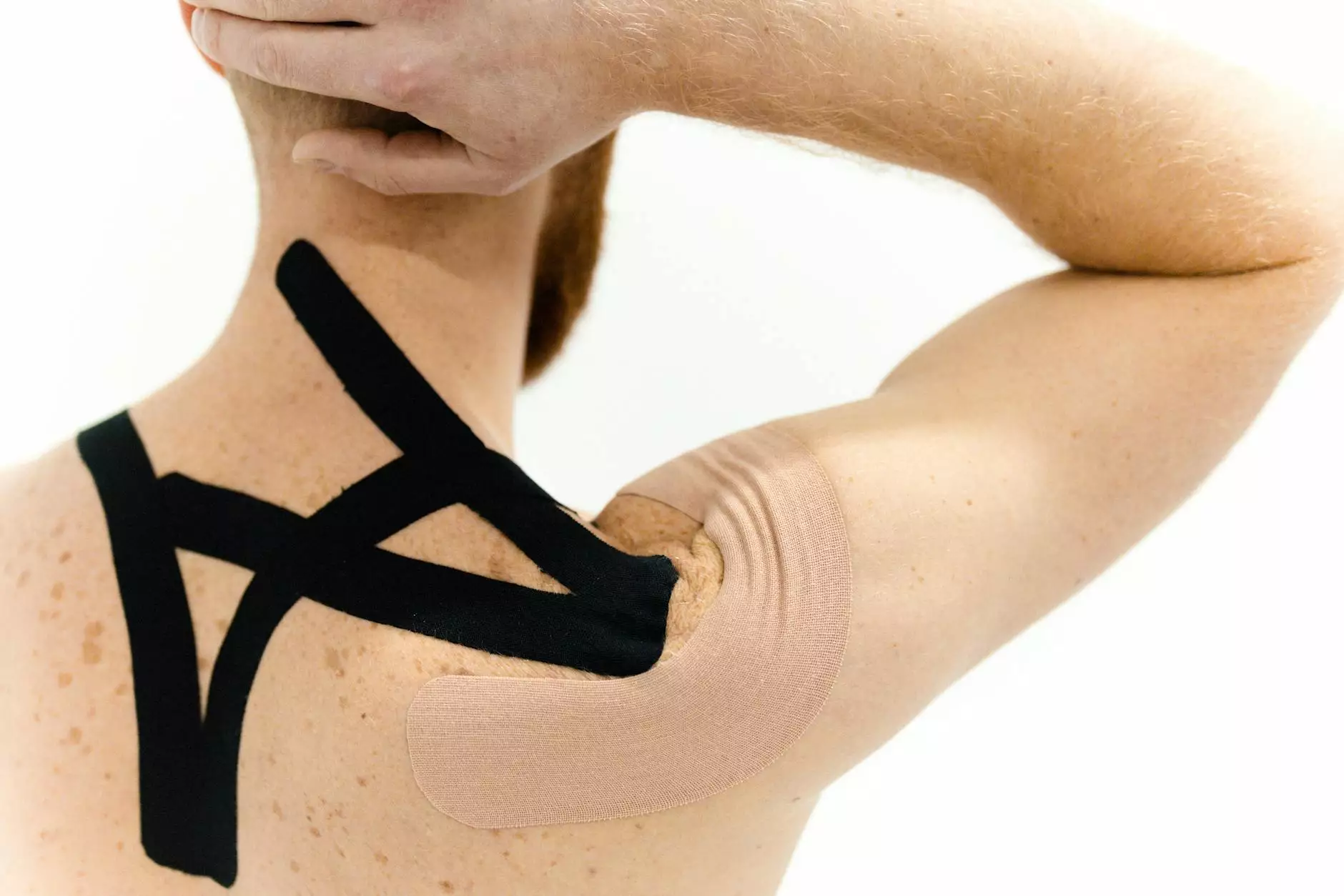The Importance of Shoulder Rotation in Health and Medical Practice

Introduction
In the fields of health, chiropractic care, and physical therapy, understanding and improving shoulder rotation is crucial for maintaining overall well-being and preventing injuries. The flexibility and range of motion in your shoulder joints play a significant role in daily activities, athletic performance, and overall quality of life.
The Connection between Shoulder Rotation and Health
Shoulder rotation is the ability to move your arms inward (internal rotation) or outward (external rotation) from the shoulder joint. This range of motion is essential for performing various tasks, such as reaching, lifting, throwing, and performing sports-related movements. Improving shoulder rotation contributes to better posture, reduced muscle tension, and increased functional capacity.
The Role of Chiropractors
Chiropractors specialize in diagnosing and treating musculoskeletal conditions, including those related to shoulder function. They employ a holistic approach to healthcare that focuses on the body's ability to heal itself. Chiropractic adjustments, exercises, and mobilizations are effective techniques used by chiropractors to enhance shoulder rotation and restore joint alignment.
Physical Therapy and Shoulder Rotation
Physical therapy is an essential component of rehabilitation after injuries or surgeries that affect shoulder function. Physical therapists utilize a range of techniques to improve shoulder rotation, including manual therapy, exercises, stretches, and modalities such as heat or cold therapy. The goal is to reduce pain, increase range of motion, and restore strength and stability to the shoulder joint.
Benefits of Improved Shoulder Rotation
1. Enhanced Performance: Athletes and individuals involved in sports that require overhead movements, such as swimming, tennis, or baseball, greatly benefit from improved shoulder rotation. It allows for more powerful and accurate movements, optimizing performance and reducing the risk of injury.
2. Injury Prevention: Adequate shoulder rotation helps prevent injuries such as shoulder impingement, rotator cuff strains, and tendinitis. By ensuring the joint moves smoothly, stress on the surrounding structures is minimized, reducing the likelihood of overuse injuries.
3. Everyday Functionality: Whether it's lifting groceries, reaching for objects on high shelves, or performing routine tasks, optimal shoulder rotation contributes to pain-free and efficient movements. Everyday activities become easier and less taxing on the body.
Improving Shoulder Rotation
If you are looking to enhance your shoulder rotation, various exercises and stretches can be incorporated into your routine:
1. Rotator Cuff Strengthening
Perform exercises like external and internal rotations with resistance bands or light dumbbells. These exercises target the muscles supporting shoulder rotation and enhance stability.
2. Shoulder Flexibility
Stretching exercises, such as crossing your arms and gently pulling them towards your chest, can help improve the flexibility and range of motion in your shoulders.
3. Range of Motion Exercises
Simple exercises like arm circles and wall slides can gradually increase your shoulder's range of motion and improve rotation capabilities.
4. Professional Guidance
Consulting with a chiropractor or physical therapist can provide personalized exercises and guidance tailored to your specific needs. They will assess your shoulder rotation and develop a targeted plan for improvement.
Conclusion
Shoulder rotation is a critical aspect of overall health and well-being. By prioritizing and improving your shoulder rotation through chiropractic care and physical therapy, you can experience enhanced performance, prevent injuries, and enjoy pain-free daily activities. Remember to consult with professionals for personalized advice regarding your specific condition. Take a proactive step towards shoulder health and unlock the full potential of your body.
rotation of shoulder








